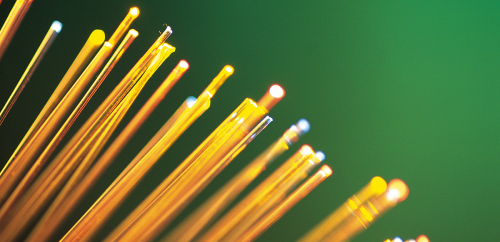Set-top boxes and cable TV service have been synonymous for decades. After all, set-top boxes are the powerful devices that descramble TV signals, record favorite shows, play on demand movies and run interactive guides that help us discover new programs. Video offerings can be accessed via devices supplied by others like TiVo, Roku and Amazon, but the set-top box that cable, satellite and telco TV providers supply to consumers are found in consumer homes throughout the U.S. And they are constantly being used.
That is why the cable industry is thrilled to be joining with energy advocacy groups, other multichannel video providers and device manufacturers (full list at bottom) to announce a voluntary energy conservation agreement (VA) – embraced by the US Department of Energy – that will cut energy use for 90 million American homes. By 2017, these new standards will improve set-top box efficiency by up to 45 percent (which varies by type of box), and are expected to rack up more than $1 billion in consumer energy savings annually.
What do these energy savings equate to? According to DOE, each year, the new standards will ultimately save enough electricity to power 700,000 homes and avoid more than five million metric tons of carbon dioxide emissions, equal to the annual emissions of one million new cars.
Additional energy savings are likely when you factor in the growing consumer demand for digital video recorders and high-definition set-top boxes, devices which will be subject to strict energy limits under the new energy agreement. And the introduction of “whole home” set-top boxes – also covered by the new VA – has the potential to save consumers another $1 billion per year.
Besides significant consumer savings that will be accomplished by the VA, the best news may be that the agreement forgoes the need for a lengthy and costly government rule making. We certainly feel that industry is best positioned to meet the needs of consumers – whether it’s by constantly increasing broadband speeds or cutting energy consumption of set-top boxes – and are gratified that the Department of Energy agrees.
This doesn’t mean that cable companies will be let off the hook. The VA has strict reporting, auditing, field verification and testing requirements to ensure that the milestones are being met. A steering committee made up of representatives from industry and energy advocacy groups will also be responsible for keeping the VA on track.
The multichannel video ecosystem is complex and made up of many moving parts. But by working together and tackling issues that are important to consumers and government, the energy conservation agreement is proof that we can make a positive difference.
Agreement signatories include pay-TV providers (listed according to number of customers) Comcast, DIRECTV, DISH Network, Time Warner Cable, AT&T, Verizon, Cox Communications, Charter Communications, Cablevision Systems Corp., Bright House Networks and CenturyLink; and manufacturers Cisco, ARRIS (including Motorola), and EchoStar Technologies. Energy efficiency advocates Natural Resources Defense Council (NRDC), the American Council for an Energy-Efficient Economy (ACEEE), and the Appliance Standards Awareness Project (ASAP) are also signatories to the agreement.
